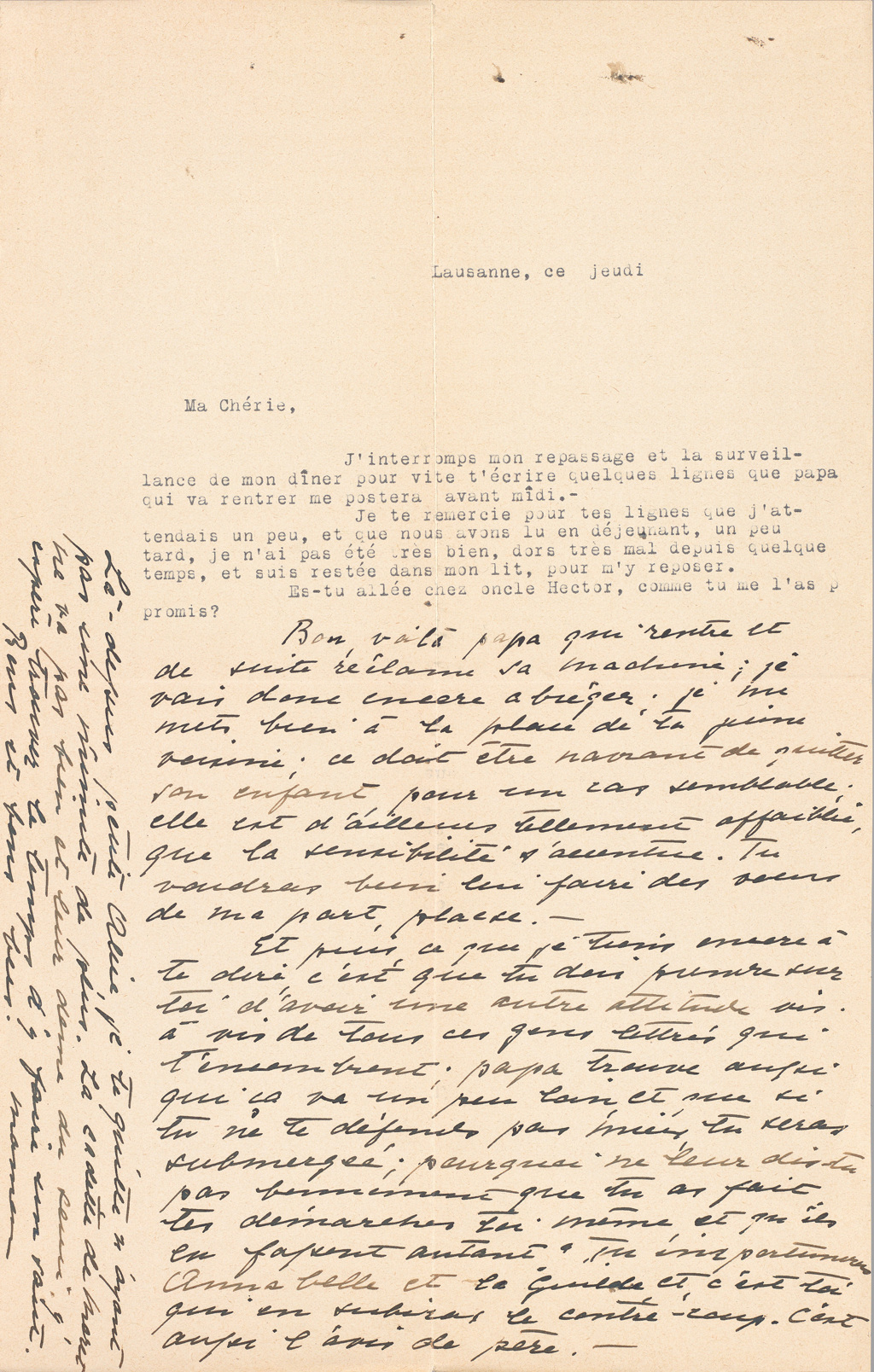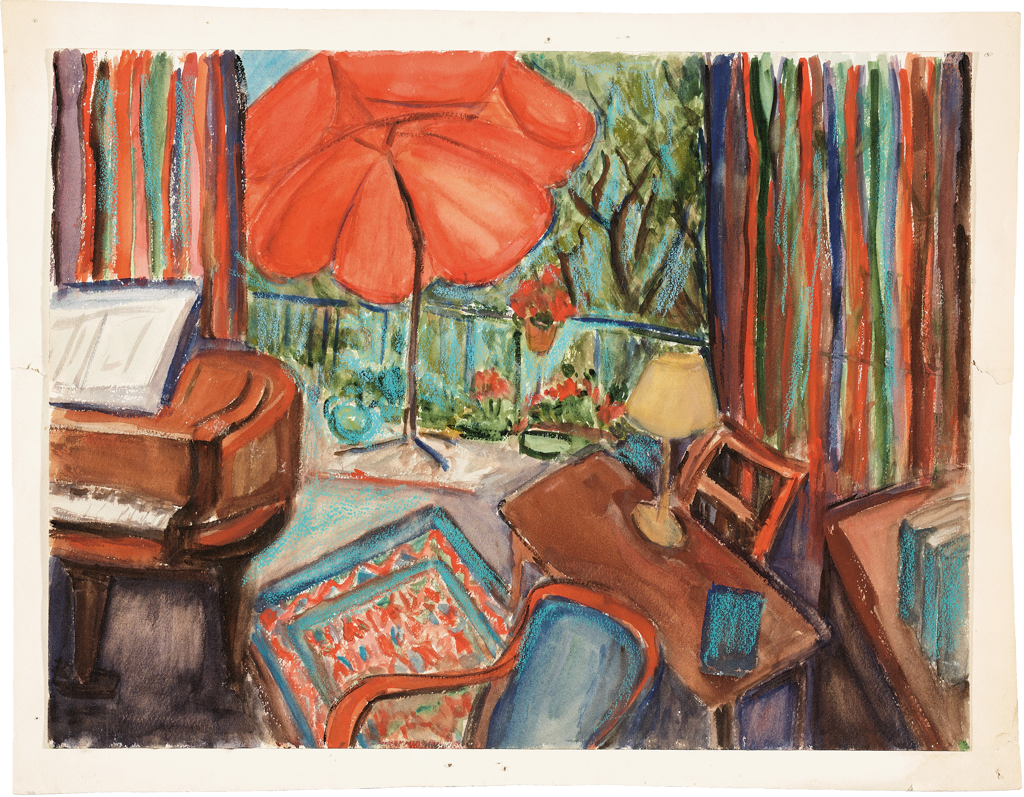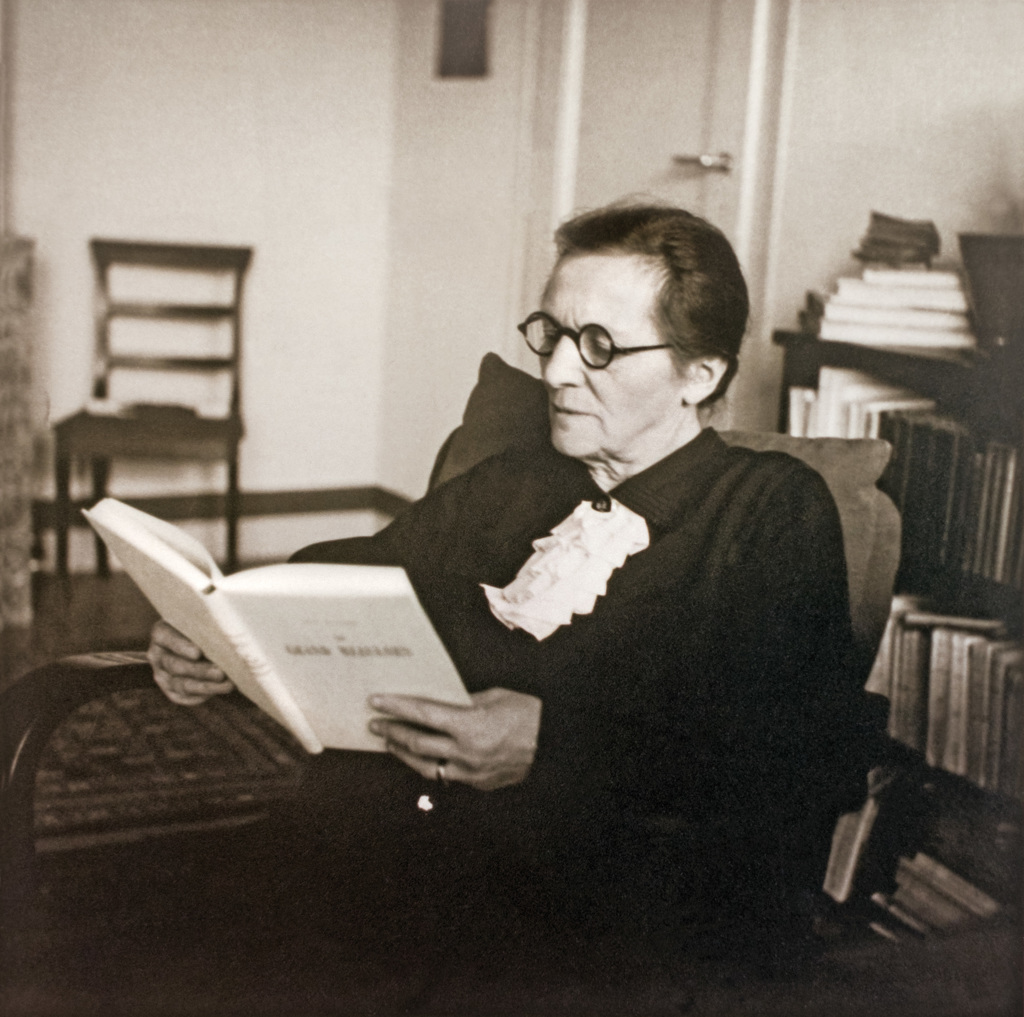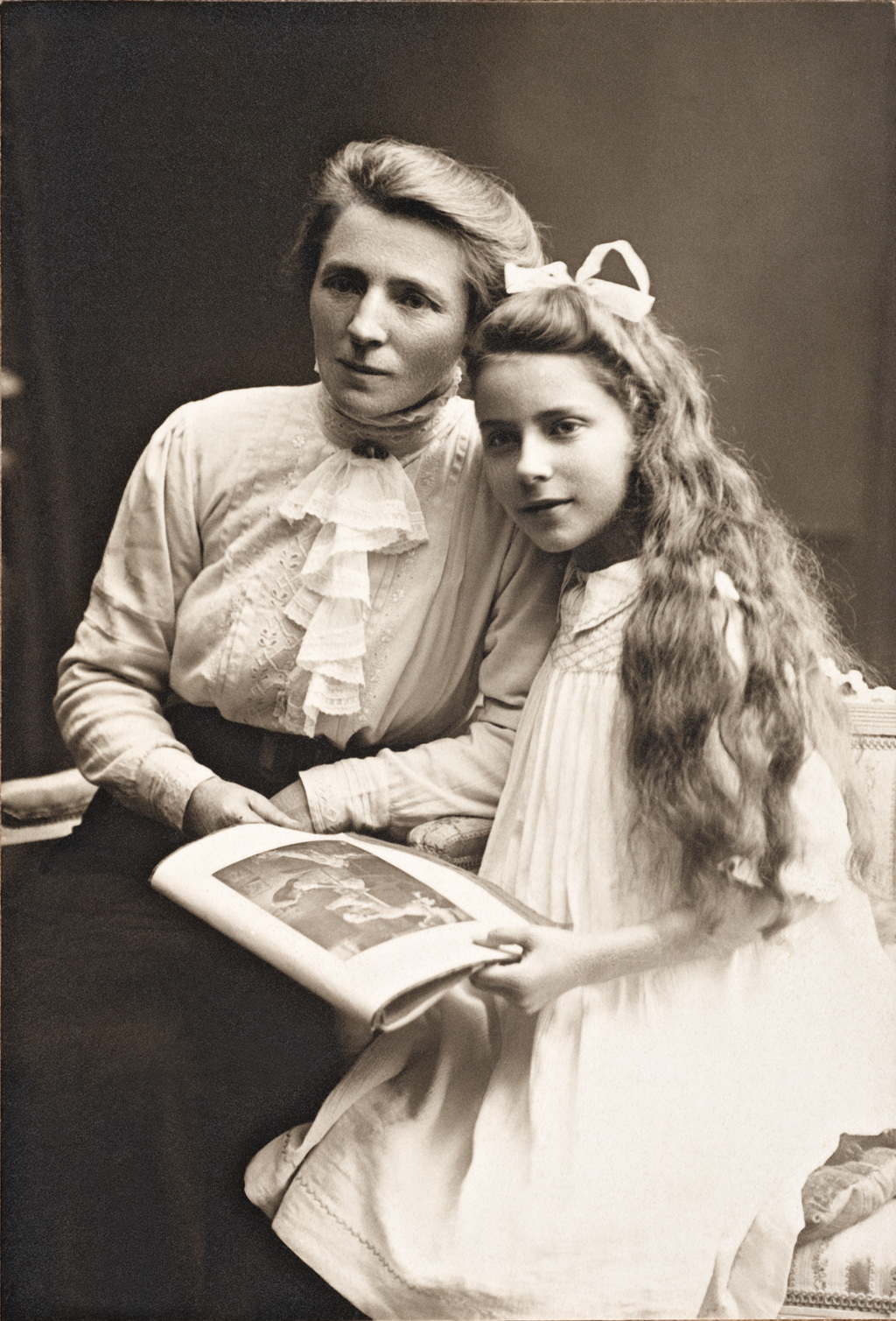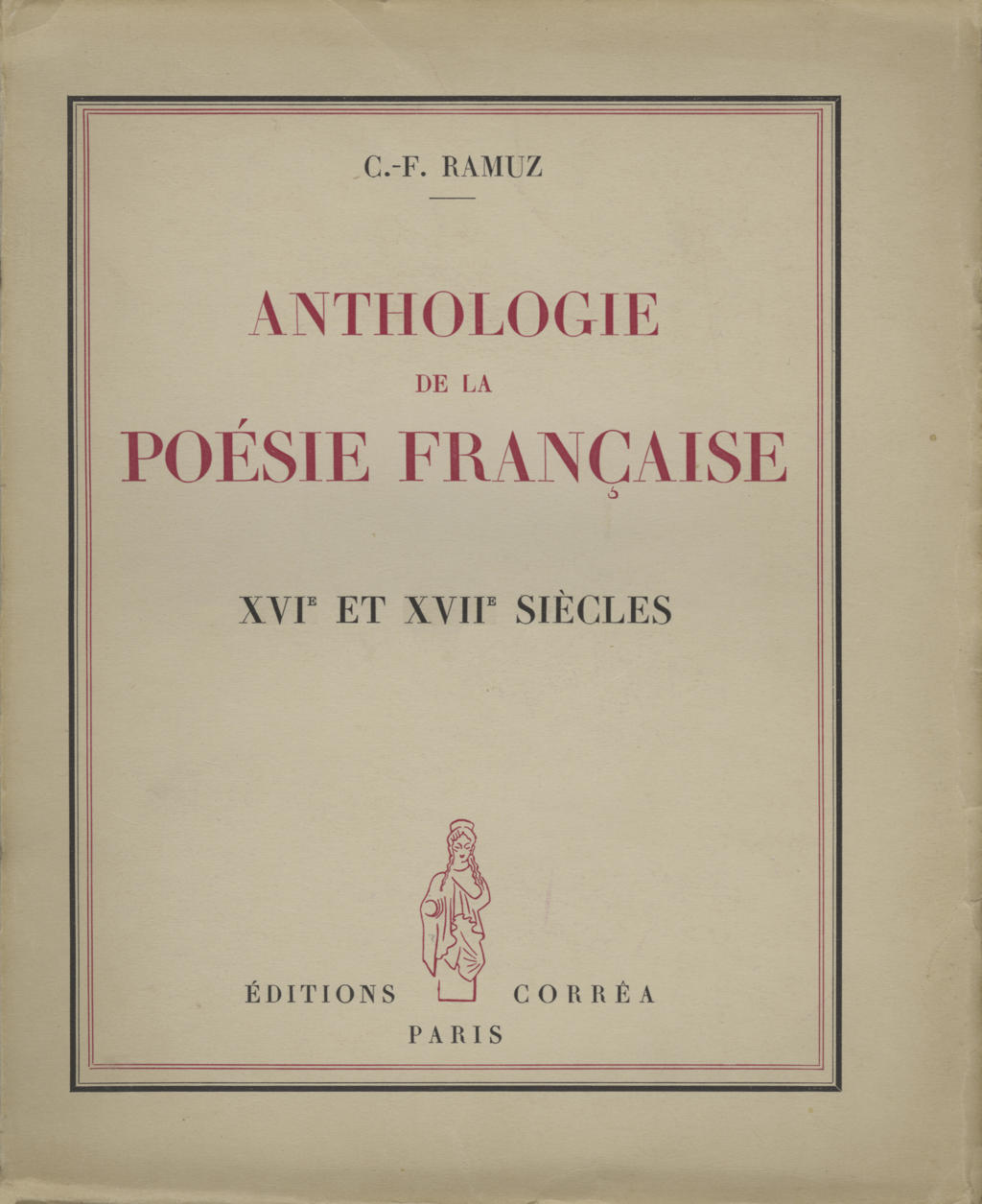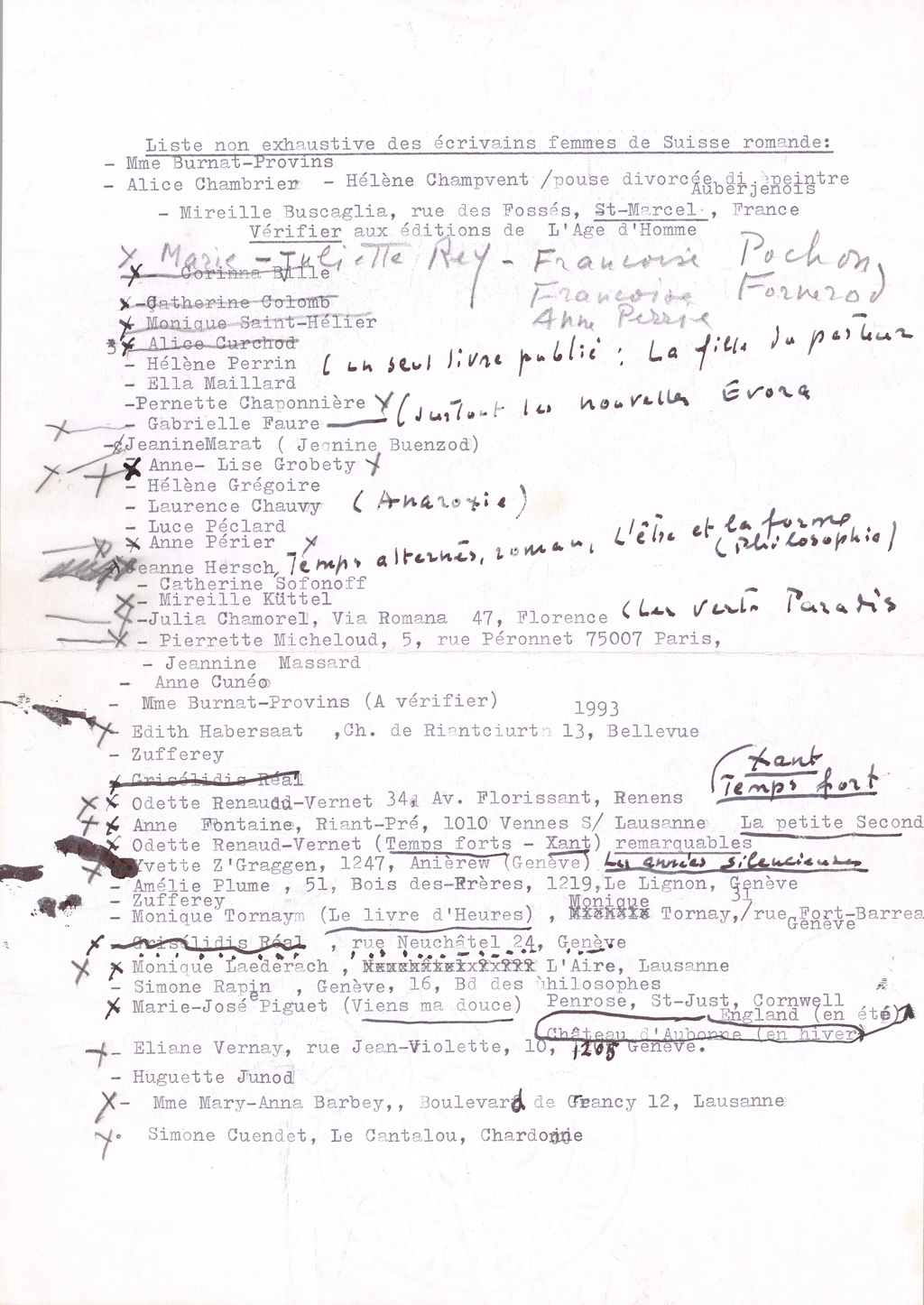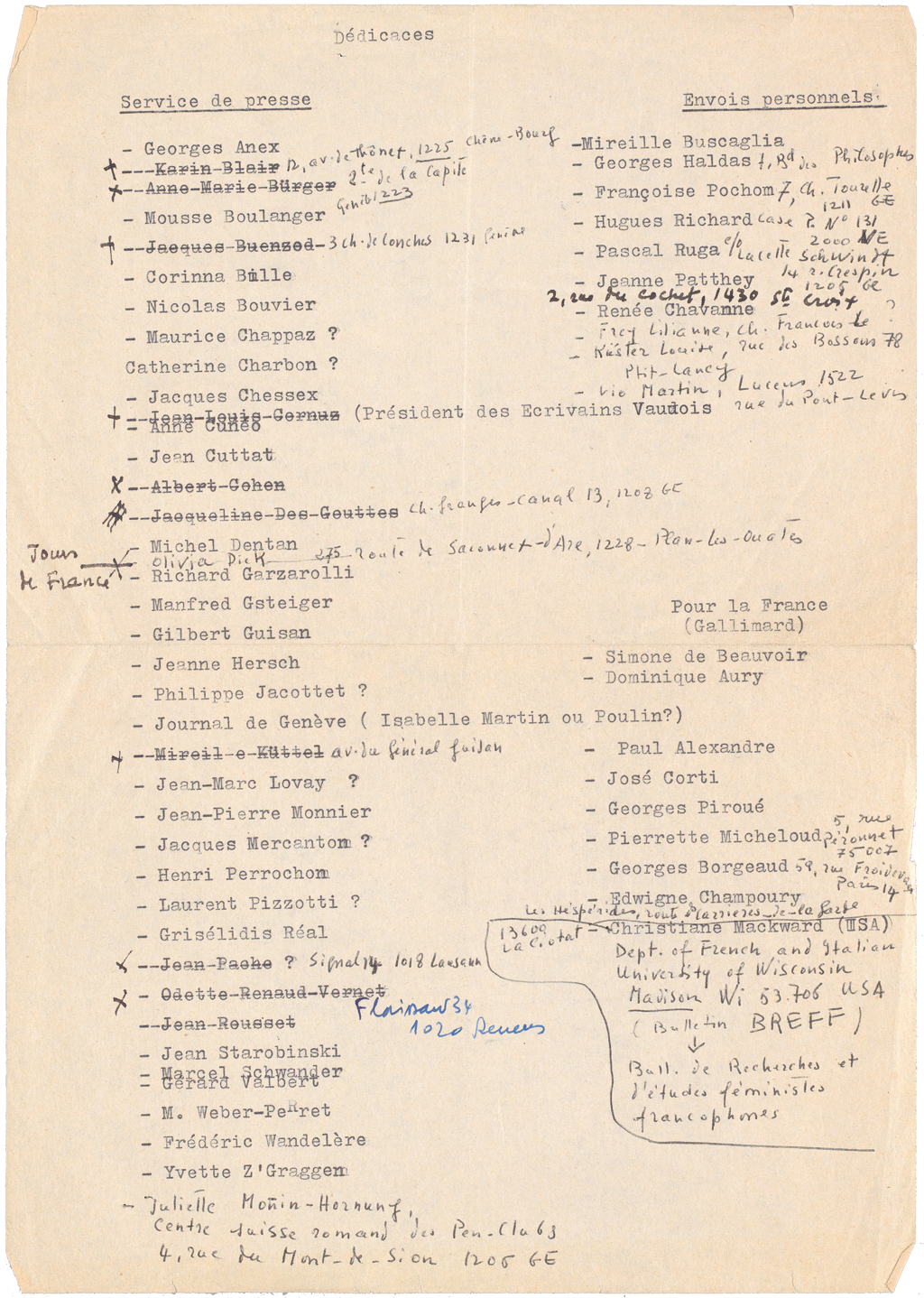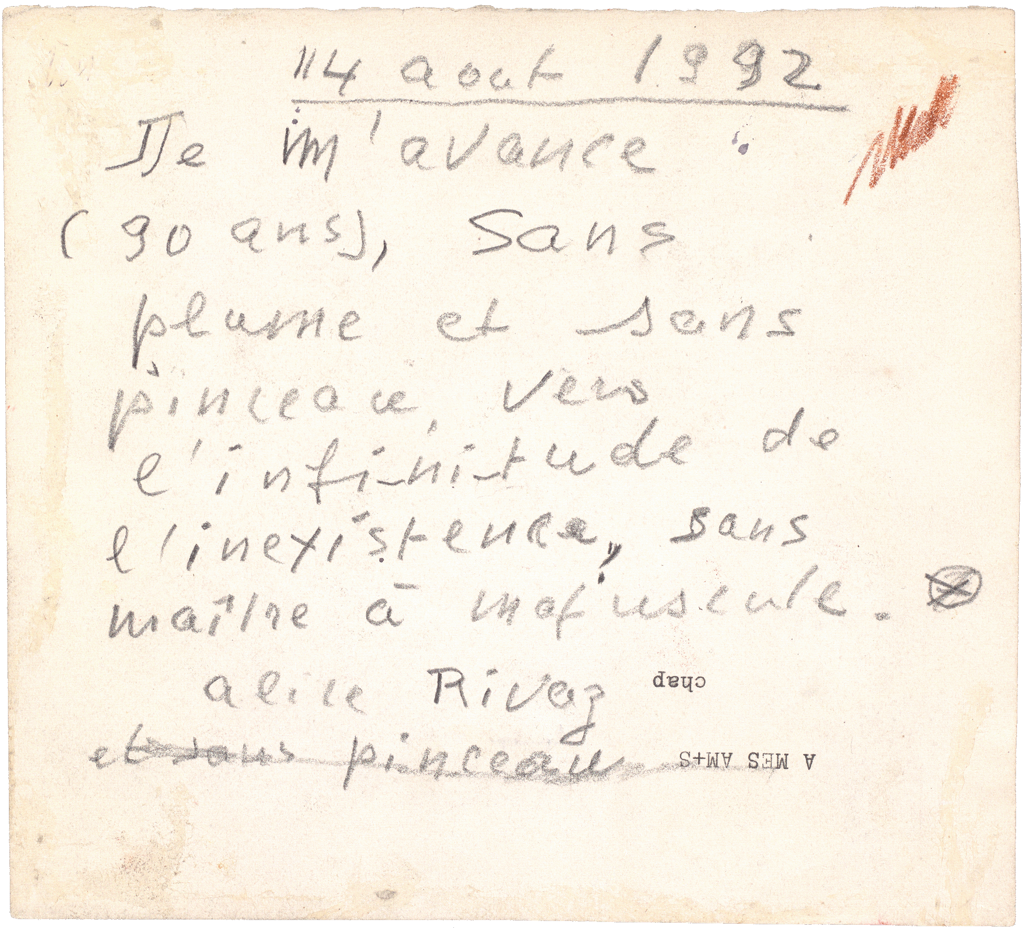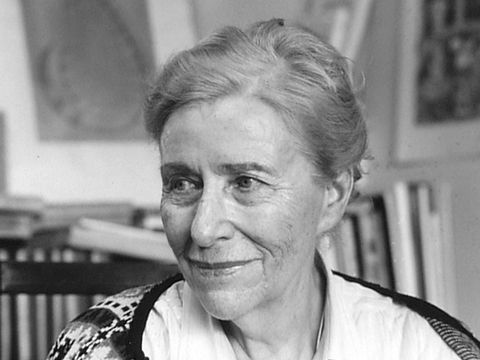Jette ton pain (Cast thy bread) depicts the narrator Christine Grave’s desire to write thwarted by 20th-century values and customs. Her time alone with her dying mother marks the moment of truth, the crucible that leads her to a new lease of life in her writing. By renouncing conventional scenarios of love and motherhood from the male perspective to then express life in an unprecedented way, Alice Rivaz raises the ultimate challenge to change our way of seeing things.
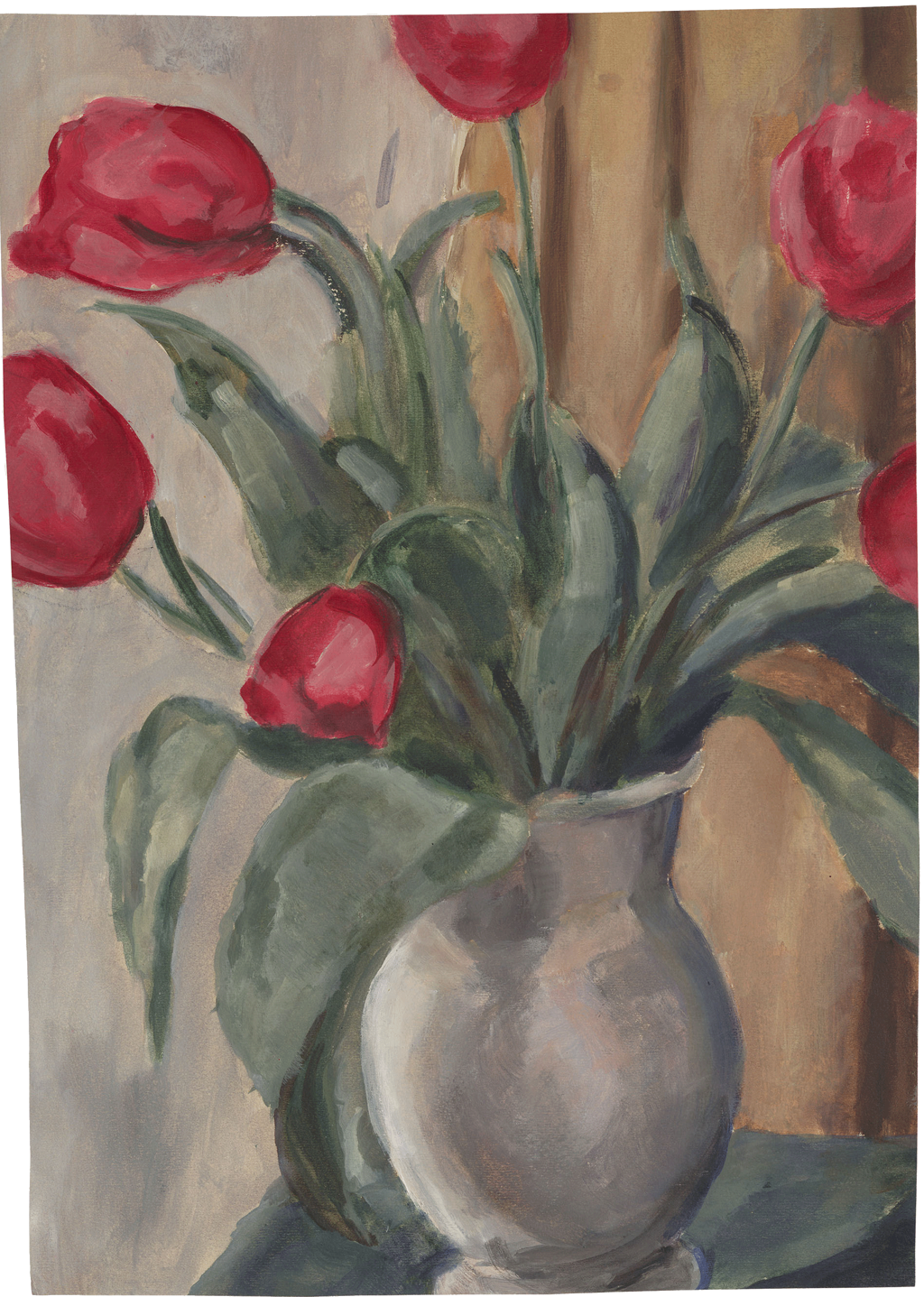
Alice Rivaz often referred to her mother’s ‘Victorian’ prudishness, but also, paradoxically, to the exceptional love binding them and the feminist solidarity that Ida relayed to her daughter. Emotional dependence, secrets and lies were inseparable from their complicity and their mutual quick-wittedness. Fuelled by contradictory feelings, their bond inspired Alice Rivaz to reflect on the woman-to-woman family relationship, a connection she was keen to describe in her own words.
The mother-daughter bond is the great affair in Alice Rivaz’ life. The intensity and complexity of this bond inspired both L’Alphabet du matin and Jette ton pain. The novelist describes this love from her feminist perspective, free from patriarchal tradition.
Marcel Raymond referred to this anthology in July 1981: “Last week, I reopened volume one that Ramuz had sent to me with his inscription curiously interrupted by “But it’s Miss Golay…” Indeed, the choice of texts was first and foremost Miss Golay’s affair.”
Alice Rivaz managed to identify six women (among the 96 poets).
Twentieth-century women writers were often suspicious of lists that seemed to set them apart from literature written by men. Alice Rivaz however was in favour of them, as she was well aware of how easily women disappear from the history of literature.
The draft for the press office for Jette ton pain (Cast thy bread) sparks interest for several reasons. It includes Simone de Beauvoir’s name, although Alice Rivaz does not mention her elsewhere, as well as the address of the French department of the University of Wisconsin, which produced a Bulletin de Recherches et d’études féministes, an academic field that was unknown in Switzerland at that time.
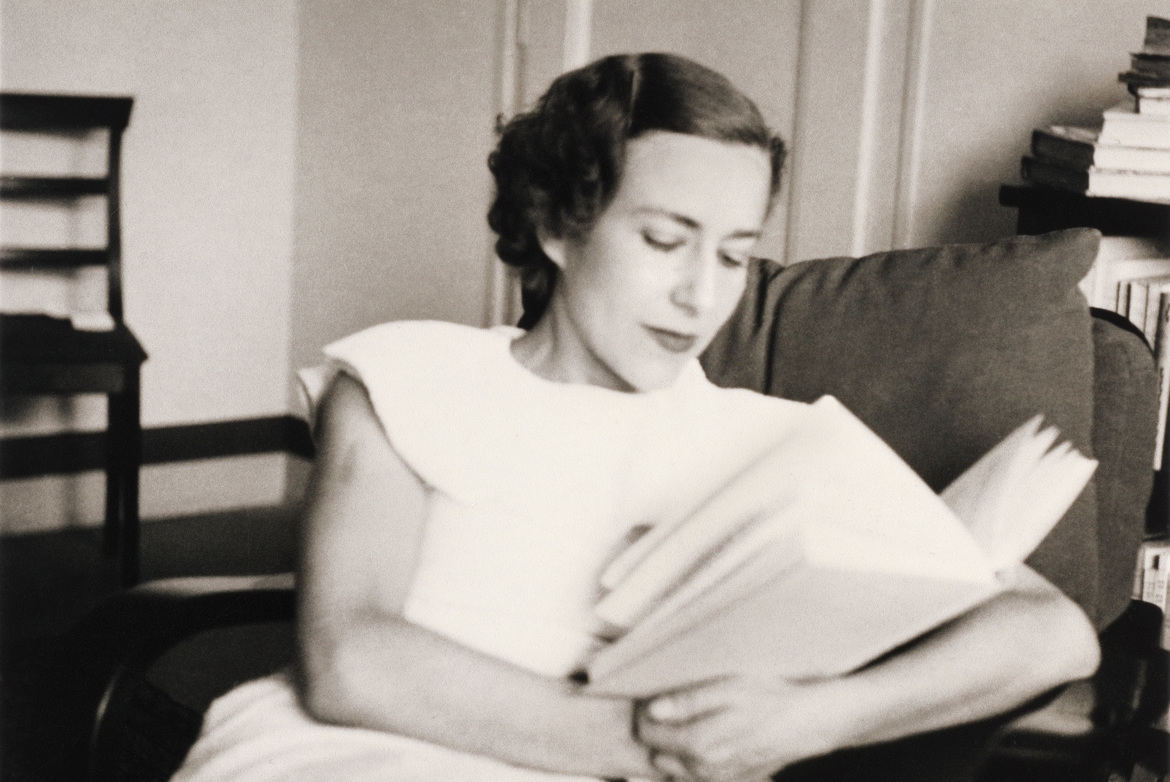
When a woman writes
Long before écriture féminine, Alice Rivaz wrote about the difference of a woman’s voice in a male-centred tradition.
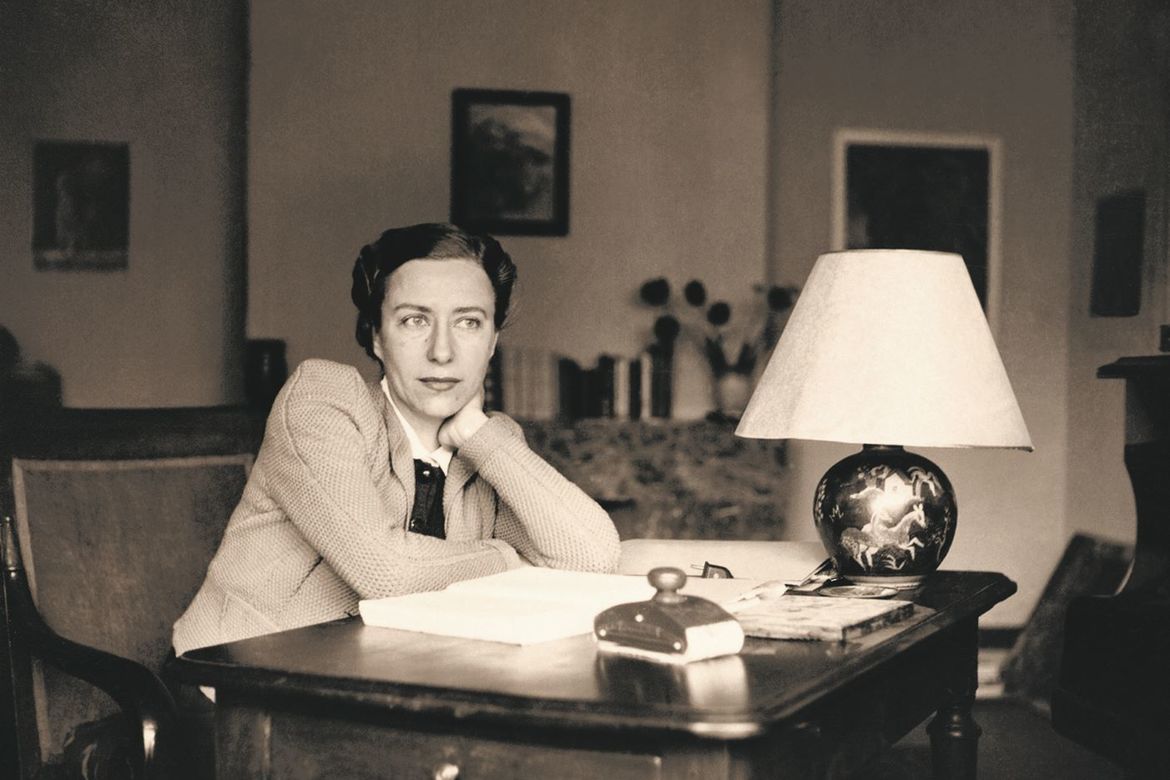
Her works
Published between 1940 and 1986, her works relate the profound changes in the status of women and relations between the sexes, as well as the taboos and constraints affecting ordinary people.
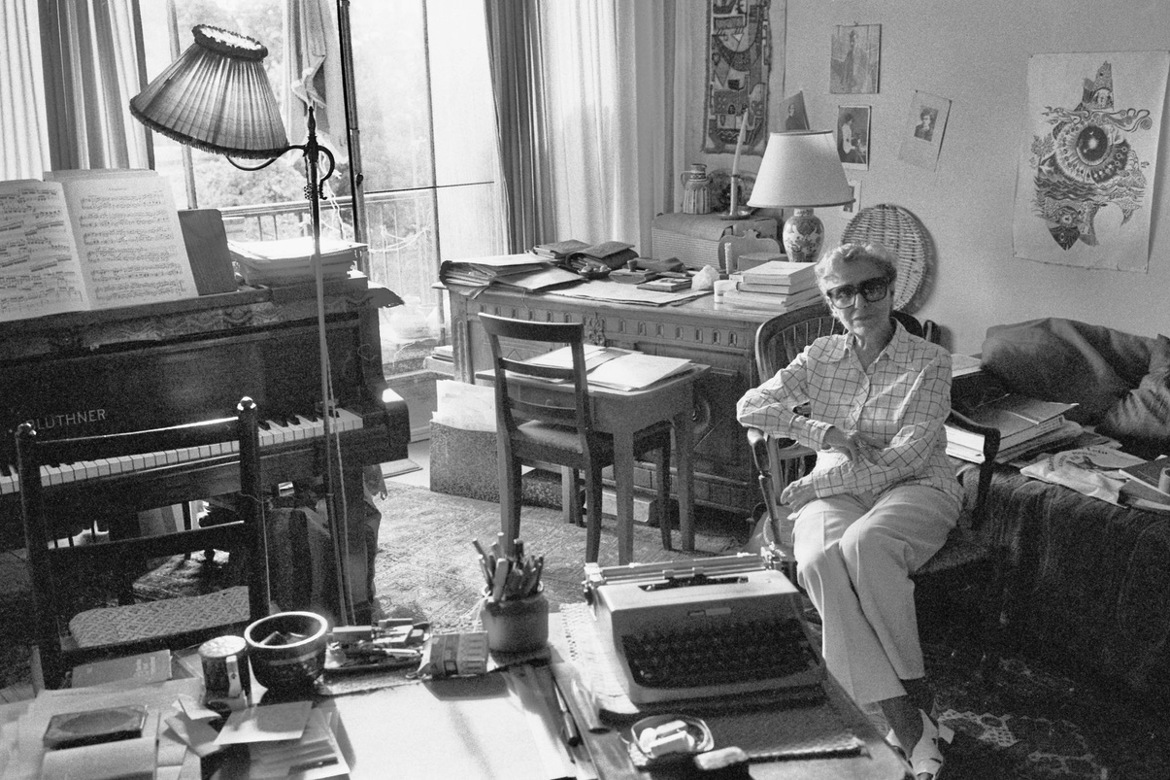
Meeting Alice
Pianist and occasional painter, Alice is first and foremost a novellist, but her taste for painting, music and cinema fed her literary work and put her many talents in the limelight.

